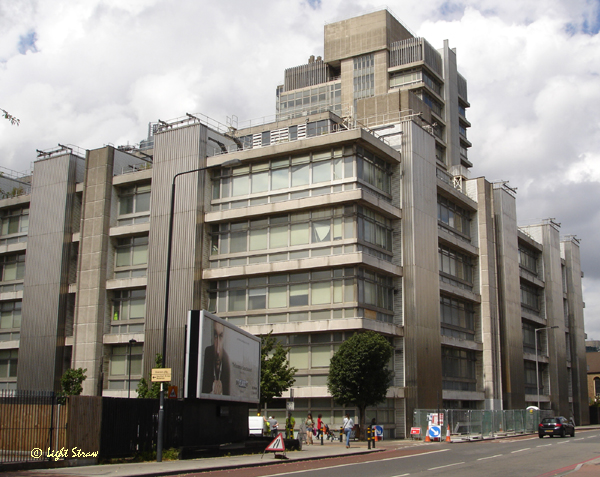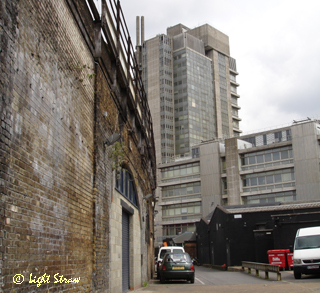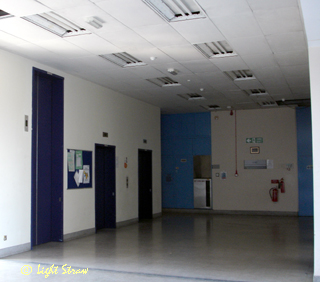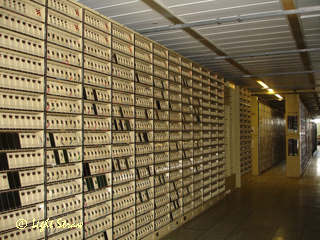 |
The brutalist Keybridge House. |
Another of the Post Office's massive 'cold war-era' buildings was designed by G.W. Mills and Associates and began construction in 1972 by Taylor Woodrow Ltd. Concrete fabrication was the preferred material during the 1970s which produced so many Brutalist designs of the period.
Telephone exchanges had always been 'working buildings', though the requirements for a really large floor area to cater for the explosive growth in telephone and telex traffic at that time meant that the construction needed to be sturdy. It's difficult to hide a large building so the designs were often bold and imposing, though very functional for what they had to contain.
In later years, new technology made these buildings no longer fit to house the latest equipment. Conversion to office spaces wasn't viable and demolition was the cheapest option.
A five-storey podium and a fifteen-storey tower block, on the three acre site, made this one of the largest telecoms centres in the UK.
| Keybridge | |
 |
A constricted site adjacent to the railway most likely influenced the strong industrial design. |
 |
It is said that the raised floors at street level were to prevent flooding as the building (1975) was pre-Thames Flood Barrier (1984). |
 |
One oversized lift (for equipment) and two normal ones. |
 |
The distinctive green doors of the AHU (Air Handling Unit) entrance. |
 |
The distinctive red doors of the HV (High Voltage) transformer and switching rooms. Note the tan viscount wall phone. |
| The Equipment | |
 |
The Equipment. |
All logos and trade marks are the property of their respective owners and are used on the Light Straw site(s) for review only. Students and researchers are recommended to make their own independent enquiries as to the accuracy of the information contained therein.